Public Buildings and Civic Architecture: Projects That Shape Community Life
Public architecture has always been the built expression of civic values — spaces where communities gather, learn, celebrate, and deliberate. In the 2020s, as cities confront social change and environmental urgency, architects are reimagining civic design as a platform for inclusion, sustainability, and cultural dialogue. Across the world, new libraries, town halls, museums, and community centers demonstrate how architecture can shape community life far beyond its walls.
The New Purpose of Civic Architecture
Public buildings today serve multiple roles: they educate, convene, inspire, and sustain. They are no longer static monuments but adaptive social infrastructures. According to ArchDaily, “civic architecture has evolved from formality and symbolism toward accessibility and openness — an architecture of encounter rather than exclusion.”
Dezeen adds that “the most impactful civic projects create flexible, inclusive environments where culture, nature, and people overlap — turning institutions into shared urban living rooms.”
Design Principles That Shape Community
Openness and Transparency
Modern civic architecture prioritizes visibility and accessibility. Glass façades, generous entries, and public plazas replace walls and barriers. Openness communicates trust and invites participation — whether in a town hall, a courthouse, or a cultural center.
Flexibility of Space
Public buildings must serve changing needs. Architects design modular halls, retractable seating, and adaptable layouts that accommodate everything from art exhibitions to civic debates.
Integration with Landscape
Civic design increasingly merges building and environment — shaded courtyards, gardens, and green roofs foster connection to nature and community wellness.
Local Material Expression
Regional materials like stone, timber, or rammed earth create civic buildings that reflect place identity and environmental responsibility.
Helsinki Central Library Oodi – ALA Architects
Oodi, completed in 2018, redefined what a public library could be. The building’s vast wooden canopy welcomes people into a civic “living room” where reading, coworking, and public events coexist. Its open plan and panoramic terraces blur the line between building and city, symbolizing democratic openness.
The library’s design embodies inclusivity — flexible spaces allow citizens to interact, study, or simply rest. Oodi represents how contemporary civic architecture can strengthen social cohesion by making public space deeply personal.
Medellín Library Parks – Mazzanti Studio
In Colombia, Medellín’s network of library parks stands as one of the world’s most inspiring examples of architecture’s power to transform community life. Designed by Giancarlo Mazzanti, these projects were built in underserved neighborhoods, pairing libraries with public plazas and educational facilities.
Each structure acts as a beacon of opportunity — accessible, civic, and proud. The Medellín model demonstrates that public architecture is not just about buildings but about equity, safety, and cultural empowerment.
Sydney Modern Project – SANAA and Architectus
Opened in 2022, the Sydney Modern Project expands the Art Gallery of New South Wales into a series of light-filled pavilions cascading down a hillside. Japanese architects SANAA designed the museum as an open, accessible campus rather than a single monument.
The project integrates green roofs, shaded walkways, and public terraces overlooking the harbor. The result is a civic precinct where art, landscape, and community flow together — a reminder that cultural institutions thrive when they belong to everyone.
The Social Function of Public Architecture
Public buildings do more than house programs — they express civic values. Whether through libraries, schools, or museums, architecture shapes how citizens experience democracy, knowledge, and identity.
Sustainability and the Public Good
Sustainability in civic architecture extends beyond energy performance to include resilience, longevity, and stewardship. Buildings designed for public use must adapt over decades, responding to shifting demographics and climate conditions.
Net-zero energy systems, locally sourced materials, and bioclimatic design are increasingly standard features in new public buildings. The architecture of the public realm must lead by example — showing how beauty and sustainability can coexist in service of society.
Shaping the Fabric of Society
Public buildings are where architecture meets citizenship. From the library that fosters literacy to the museum that preserves memory or the city hall that ensures dialogue, these structures give physical form to democratic life.
Projects like Helsinki’s Oodi, Medellín’s Library Parks, and the Sydney Modern Project remind us that architecture’s ultimate purpose is social — to connect, to empower, and to inspire.
As architects redefine civic space for the 21st century, the question remains: how can each public building, no matter its scale, become a genuine extension of community life?
The answer lies in designing with empathy, openness, and imagination — because when architecture serves the public, it shapes not just buildings, but the very fabric of society.
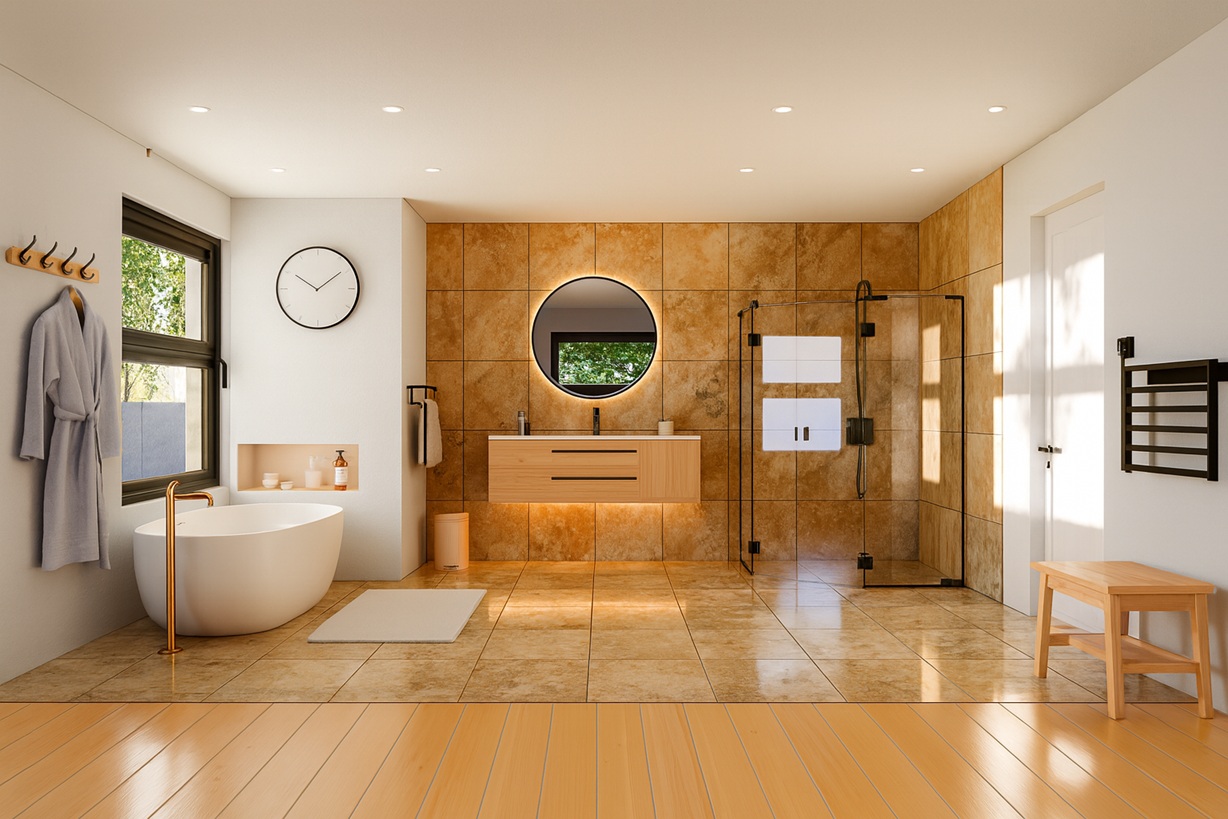



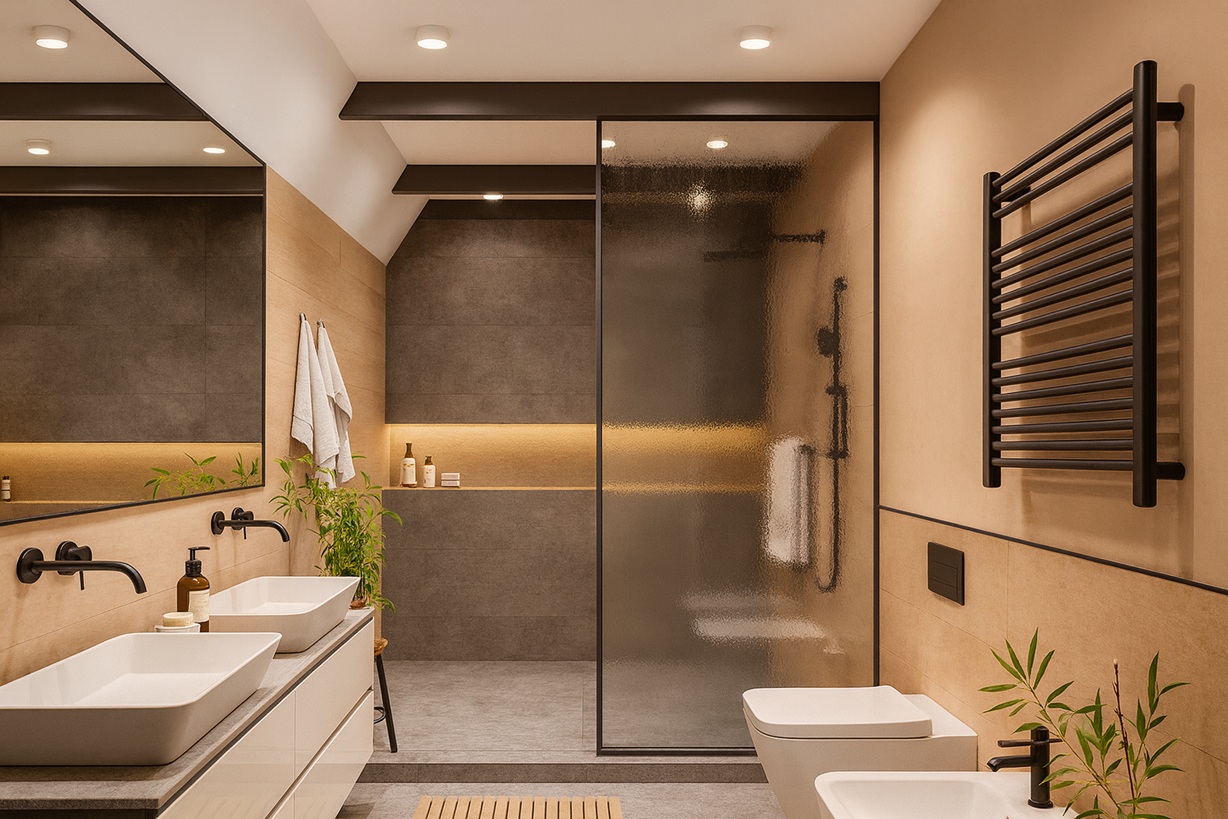





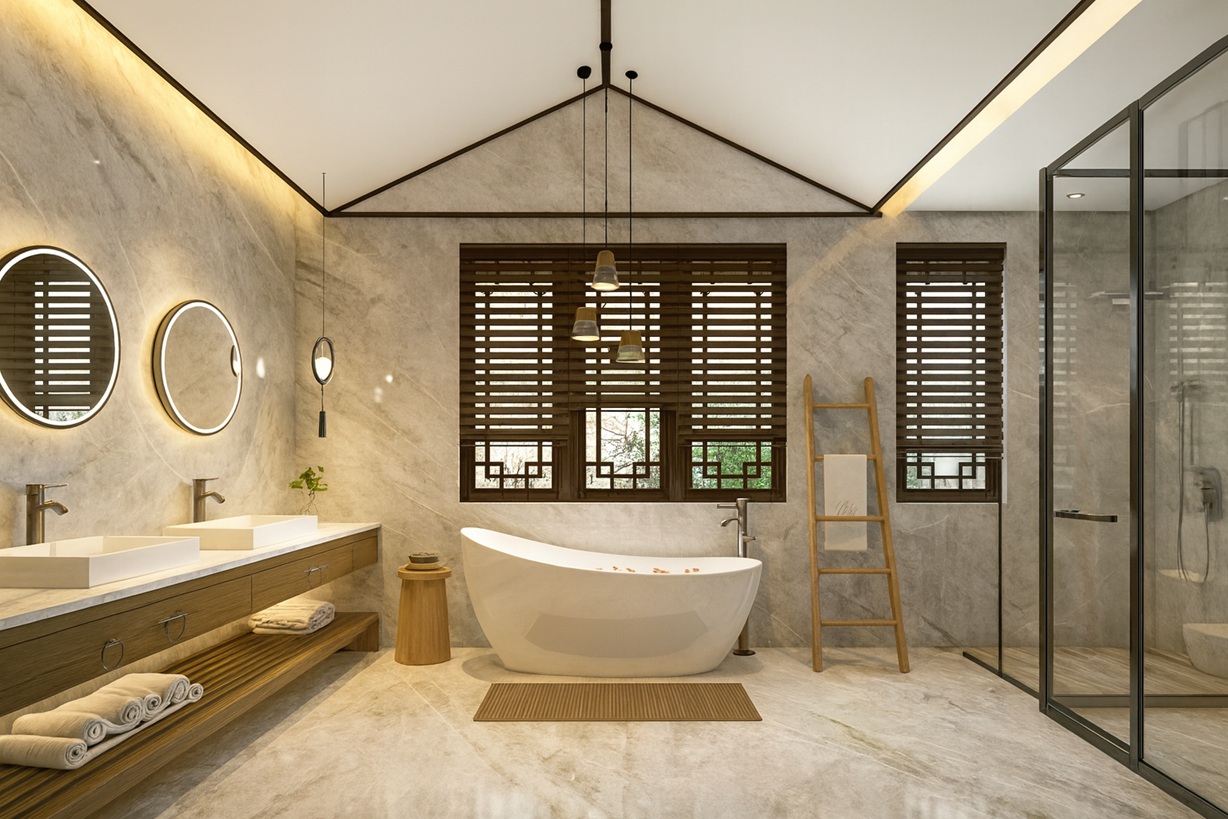
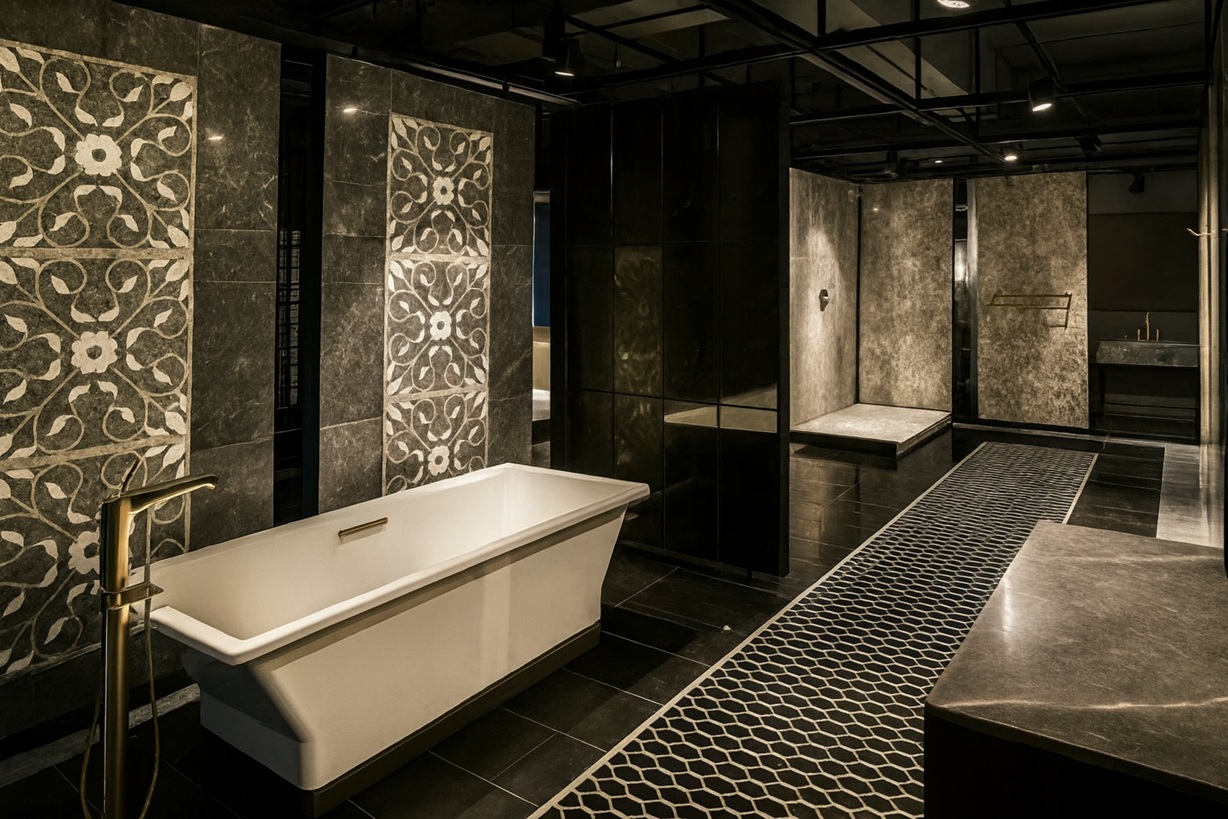


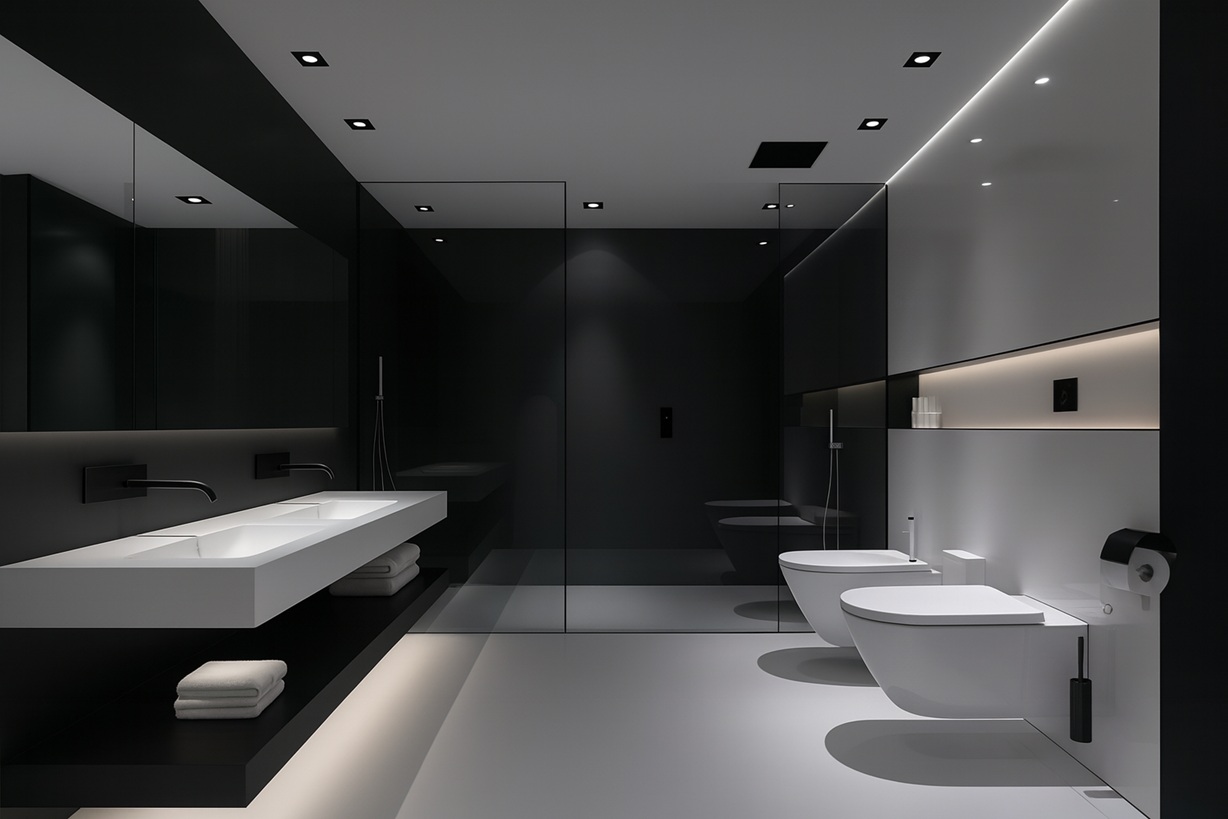

No responses yet